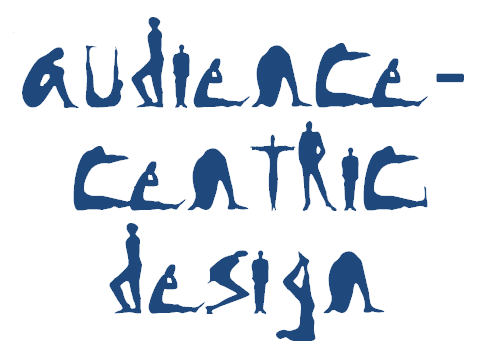Hello World. It’s Audience-Centric design.
Today I heard an agency describe the content strategy that it was working for a client. At the end of the description (which revolved around how the client saw itself, and what it wanted to talk about), I said: “That sounds like an ad pitch.” Awkward silence.
Right now, in meeting rooms around the world, bad ideas for content strategies are being hatched. And it’s no fault of the idea-hatchers.
Sitting in a meeting room.
Thinking about the company’s (or client’s) management or board.
Needing to sell an idea in to sceptical constituents.
Knowing, no matter what they hatch, it’ll get enough paid air cover to make it look a winner.
So they lay an almighty egg of a content strategy. An egg that, within the hothouse confines of the group that hatched it, meets only reaffirmation. But the content strategy doesn’t serve customers. Not at all. And it doesn’t serve the real strategic goals of the company behind it.
How do you get around this natural tendency of organizations to lay eggs?
You need a very strong counterweight to the natural tendency towards basic self-interestedness from the parties involved (client approval for the agency, peer approval for the marketer, and self-serving messages for the internal stakeholders).
Audience-centric design is the response. Taking its cues from the user-centric design discipline, audience-centric design relies on rich and direct audience observation – both their attitudes and behaviors – in order to inspire value in the eyes of the audience.
What types of observation are we talking about?
Yes, there’s search query analysis and applied social listening. There’s also live observation (literally looking over in-market customers). Ethnographic research. Open-ended research interviews. Panels. Network analysis. Discourse community review. And data acquisition.
This input is just the start to an ongoing and deliberate creative process that takes the findings at face value. It’s not “#Rihanna is trending, let’s post something Rihanna”; it’s “how are our key audiences actually thinking, speaking, acting and consuming and what’s an original – even startling – response from us, given who we are?” This is about big bets, but very well-informed and designed bets.
The output can take any and all formats, but the underlying motif is radical fidelity to audience perspective.
Thus audience-centric research – true to and advocating the world of the customer – provides crucial counterbalance to the deadening influence of risk-avoiding business organizations in the design process. More value to customers (and therein brands). Fewer eggs.
Currently, businesses are radically increasing their budgets for branded content; they’ve begun to understand that tomorrow’s marketing turf war will be fought in this arena. Expect branded video budgets, in particular, to explode.
Businesses will make big bets on content programs, and marketers will not get away with self-centered approaches for long. Very quickly, marketers who establish methodologies for staying true to their audiences through audience-centric design will differentiate themselves in a very public way.
This audience-centric design concept will be a recurring theme for my research. I’ll be discussing it in more detail, sharing early examples of it in action and challenging marketers at Forrester’s upcoming ML Forum in NYC next month, and again in London a couple weeks later.
And for those who can’t be at either of those events, I’ll be working on a primer on audience-centric design for Slideshare. In the meantime, anyone interested in discussing the topic in greater detail can hit me up at rskinner@forrester.com.
